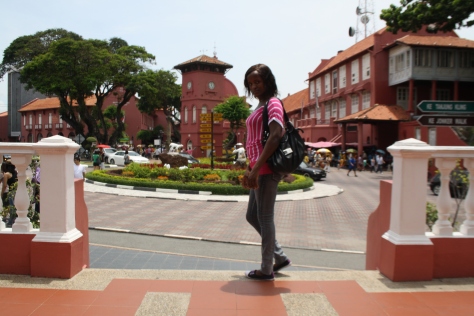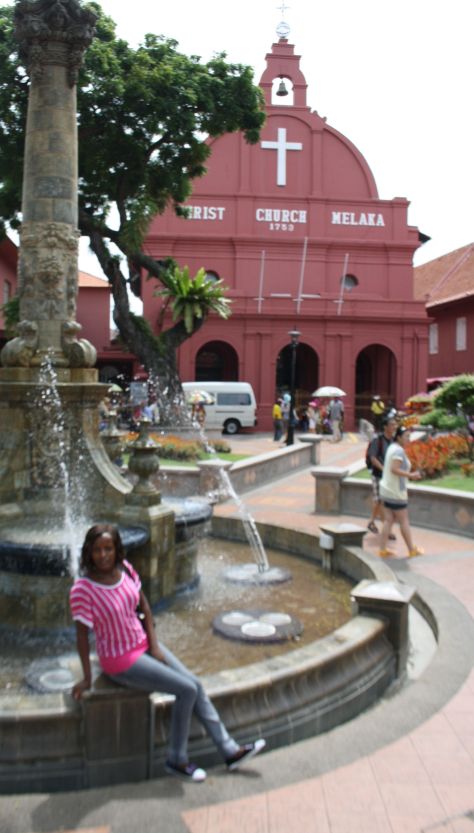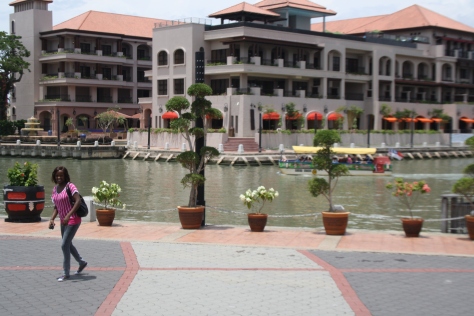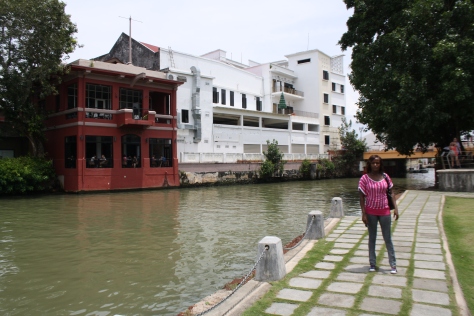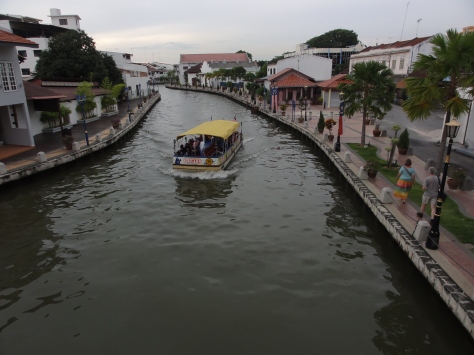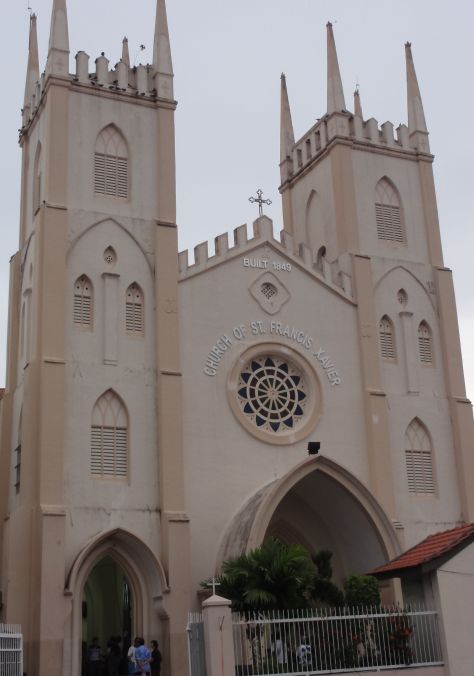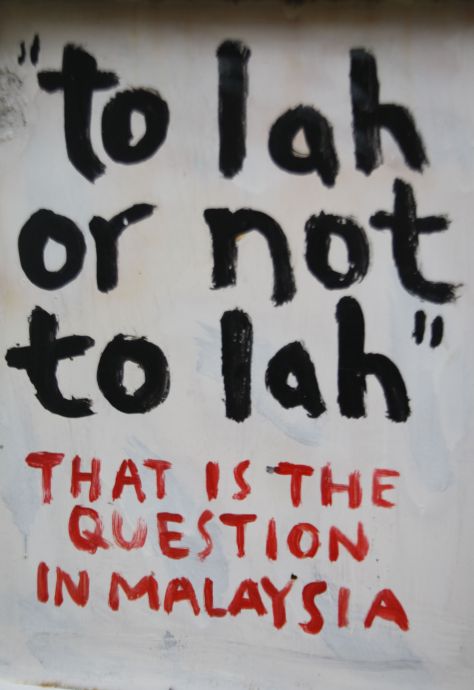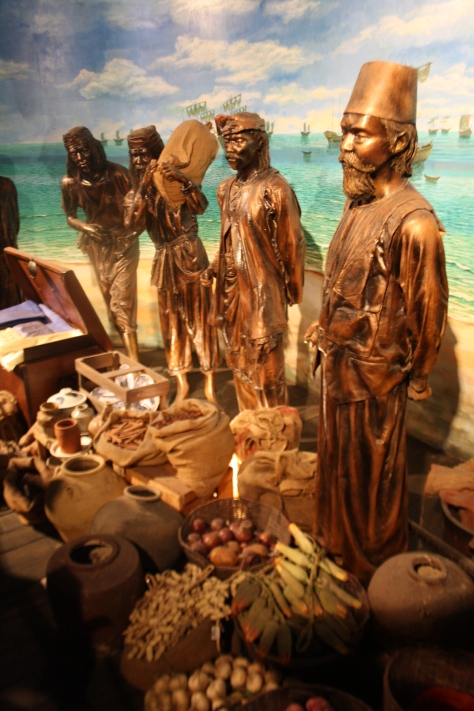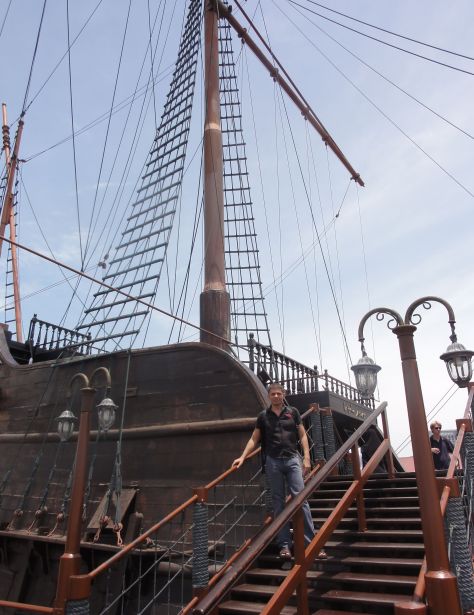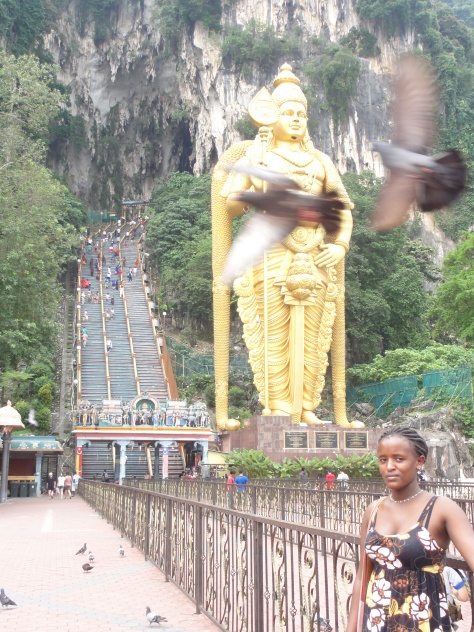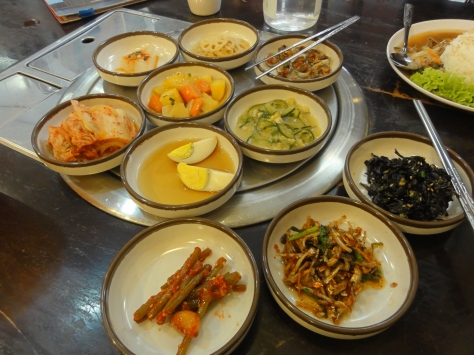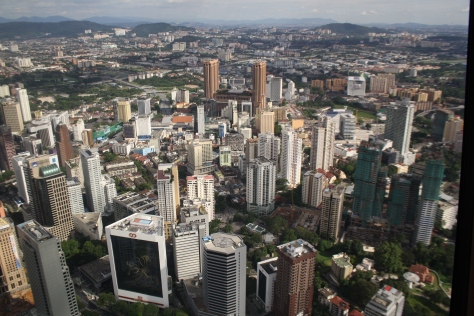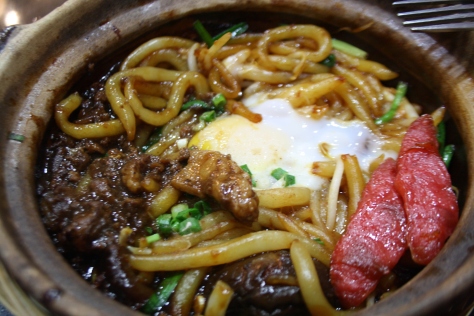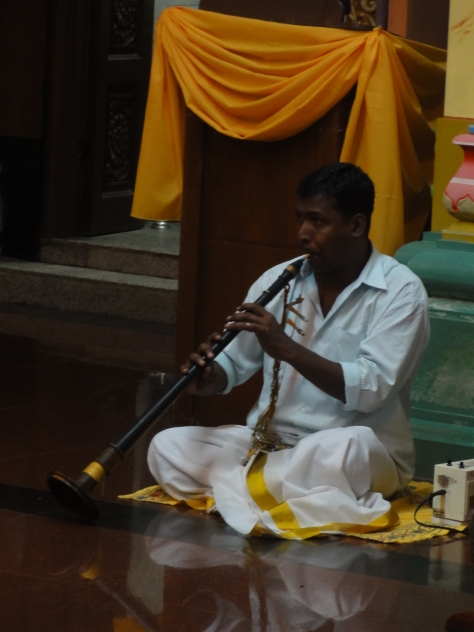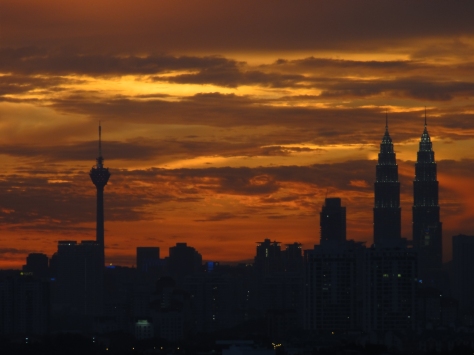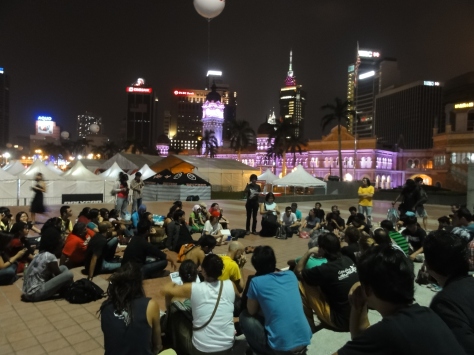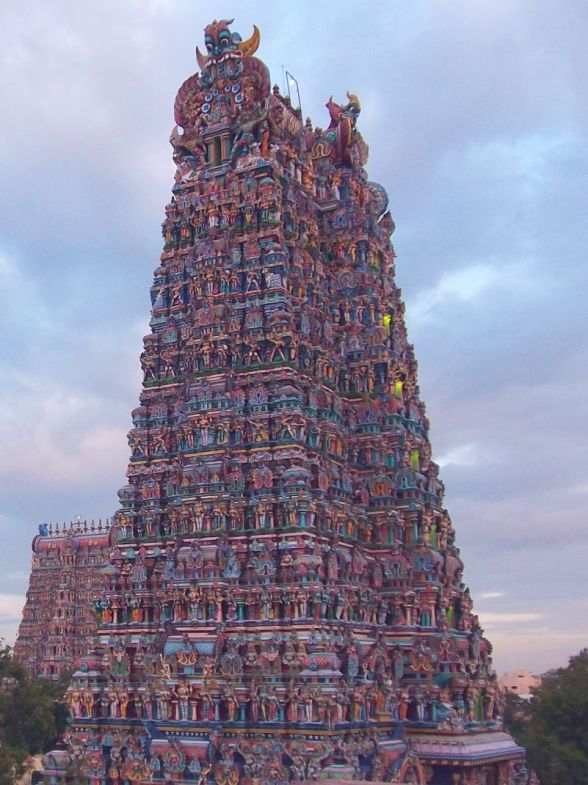6pm Xiaobei (Chocolate city), Guangzhou, China – I am standing in the bus station. A black SUV comes and stops right next to me. The owner, a middle aged noble looking man, opens the door and signals me to come in. I am like “God not again”. I mean do they think any black girl is a hooker? I reach inside my pocket; take out my phone and am about to take snap of the guy and on seeing this, the guy closes the door and speeds off. Am left alone cursing him and really mad at all the African women who have tarnished our image. I ask myself why they do what they do. Is there no other way to earn decent money?
Prostitution is among the oldest occupations. It was there even during the Biblical times even though it was outlawed by the Jews – just like it is currently outlawed now in many countries. The Sumerians practiced what they considered “Sacred prostitution”. They offered paid sex to foreigners as a sign of hospitality in exchange of a symbolic price. Just like now, prostitution was there in Ancient Israel, ancient Greece, Sumer, Mesopotamia, Rome etc. In Africa the beautiful female slaves were the ones that worked as prostitutes. The slave owner would lock her up and she would sleep with different men but the slave owner was the one who received the price. Nowadays, prostitution has become an international business. Some of these women travel at their own free will but unfortunately, many are trafficked and forced to work as sex slaves.
African women always fall prey to sex traffickers. Why? Most African countries are poor countries and some people cannot afford the cost of living and they end up leaving their countries in search of greener pastures. In most African countries, women take the most care of the children and being the loving parents they are, they go overboard in order to provide for them. There are limited job opportunities and the competition is very high; so the jobs available are given to people who are even overqualified as the number of educated people is higher than the jobs available. The less educated people either get low paying shoddy jobs or no jobs at all. These factors and others lead to these ladies emigrating from their countries to other ones where prostitution is more paying.
Malaysia has become notorious with sex trafficking especially of Ugandan women. In 2011, I was living in Malaysia, to be particular Taman Kosas – a Kuala Lumpur suburb. This neighborhood has a reputation, not a good one, something I came to realize later. It is an area full of Africans and this is evident as you walk in the streets; at least one out of three people is an African. What is also clear is the number of African women sitting idly in the afternoon sun, then in the evening you would see them going out dressed to kill. I decided to ask my hairdresser, a Guinean woman, who had lived in this neighborhood for two years and what I heard came as a shock.
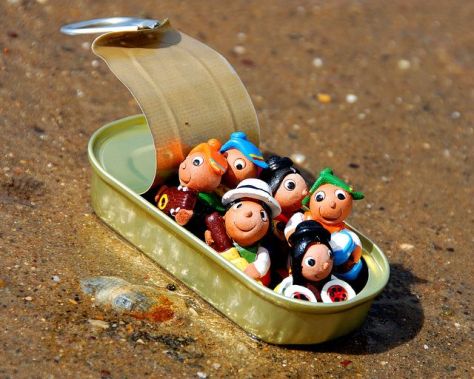
(cc) mythoto, on flickr
The girls are lured from Africa by Ugandan women (madams) who promise them well paying jobs working as house-helps and for the younger girls they promise them fully paid education. These women cater for all the expenses; the flight ticket, the passports, the food and accommodation. On arriving to Malaysia, the girls documentations are confiscated and it’s then that reality sets in. They are informed what they will be doing and those who refuse are beaten mercilessly by Nigerian men and forced to sleep with them. Apart from this, the pimps also keep an eye on the girls and monitor their movements. One week before I moved to Taman Kosas one Ugandan girl jumped to death from the 4th floor of a building where she had been locked up, beaten and forced to sleep with men after refusing to work as a prostitute.
The Nigerian men monitor their movements and count the number of men they attend to every night. The girls have to work for these madams until they are able to pay them back the amount of money they allegedly spent to bring them to Malaysia which is as absurd as $20, 000. When they pay their debt they are free to go but for most of them it is always too late. When they are given back their passports they find out that they have overstayed their visas and they are not only broke but also illegal immigrants stuck in a foreign country. Most of them have no option but to continue with their old profession.
In one night these ladies can make as much as $400, the same amount of money they would make in one month if they were employed in beauty shops, shopping malls, cafes, restaurants etc. How then can they work in jobs where they will be making as much money per month as they would in one day and in their circumstances?
This job is dangerous and each moment that these girls are out there their lives are on the line. They interact with all sorts of people from murderers, drug dealers and psychos, to tourists and good people, and at all time avoid the police. That year, 2011, four Ugandan women had been killed as a sacrifice in the Nigerian practice of “voodoo” or “money witchcraft” meant to make them rich. These men pretend to be customers, come, pick up the girl and the girl vanishes into thin air. If arrested no one cares about them anymore, they are to rot in jail. The lucky ones are deported empty handed, abused, traumatized and misused.
This video is courtesy of Nation Media House Kenya
According to the VOA News, more than 600 Ugandan girls are currently trapped in Malaysia. They are targeted because they do not require a visa to Malaysia. Every day an average of ten trafficked women enter Malaysia. Once inside the country, getting a visa is as easy as paying $1500 for an unregistered university and getting a one year student visa. Most of these students don’t even attend school; they just pay to get a visa. These same “universities” employ their “students” to look for other students to enroll with them at a commission. The students will approach you with a business card in hand, introduce the school and beautify it as much as possible then leave you to decide. If you are unlucky, you fall prey to their deception.
It is the same case in Guangzhou, China with the difference that the ones here are not trafficked. These prostitutes have tarnished the perception people in this city have of African women; they perceive them as prostitutes and opportunists especially in Xiaobei (Chocolate city). Many are the times a man will stop his car and call you, hold your hand and pretend to know you hoping for a response or start teasing you. The prostitutes in Guangzhou charge as low as $10 (100RMB) and this encourages demand.
There are over 200, 000 Africans living in Chocolate city and around 100,000 come for short durations to buy goods to sell back in Africa. Some African men living in Guangzhou have families back home. These men do not want to commit to someone because they are already married so they just have fun the easy way. The other group of customers is the Chinese workers who are employed in the shipping companies by the Africans. These men interact with Africans more than they do with their own compatriots and hence the desire to try something different is irresistible. Since they do not usually marry African women, due to fear of stigmatization and the other misconceptions they have about Africans, they end up taking the prostitutes. Other regular customers are Chinese men in general as well as foreign residents.
The African governments are also to blame. Their negligence to take the necessary actions to stop this dehumanizing practice right from the grassroots has lead to an increase in the number of women trafficked.

